How to Design Brand Experiences to Emotionally Connect with Your Audience
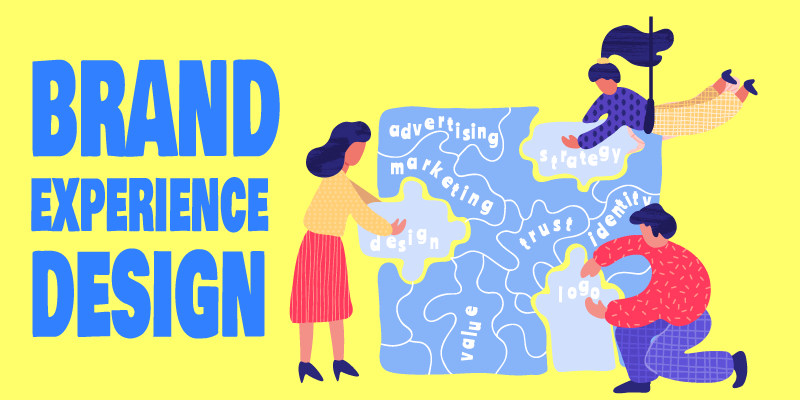
Featured Image: Freepik.com/freepik
Are you a nerdy, passionate, adventurous, high-spirited, or responsible brand?
Before you try to pour any sort of emotion onto your audience, let’s try to grasp what brand experience is and why is it important to attach a feeling to it.
What is Brand Experience?
Brand experience encompasses all the interactions and touchpoints an audience has with a brand, including products and services, customer support, marketing design, and physical spaces. The entire point of this experience is to evoke feelings and perceptions about the brand.
Brand experience focuses on the sensory and emotional aspects of the interactions and communications between the brand and the audience. The point of this activity is to engage the audience and leave a lasting impression.
While a negative brand experience makes it difficult for the brand to rise from the dead, a positive brand experience fosters a sense of trust, connection, and influence in consumers.
By designing consistent and intentional brand experiences, companies solidify their relationships with their target audience and drive brand loyalty and advocacy.
Why Should We Add Emotions To Brand Experiences?
Adding emotions and feelings to brand experience is important. Here’s why:
• Creates Memorable Experiences
Emotions form memories and thus allow people to remember you for a much longer time. For example, you may still recall some of your favorite brands from childhood. This is because the brand successfully created an undying connection with you.
All the Lush stores across the world offer sinks and tubs to try their products on the spot. This is a great way to offer fun experiences to the customers. They can try creams, bath bombs, and scrubs in the shop, before investing in them.
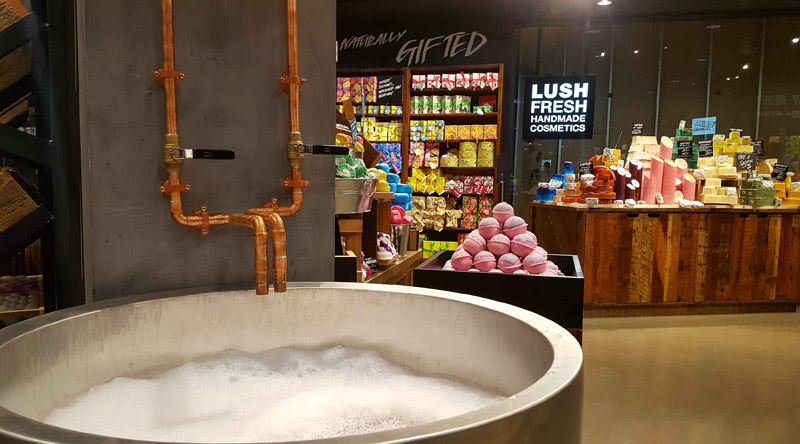
Image Source: waldengalleria.com
• Humanizes Brand and Makes It Relatable
Humanizing a brand, and making it relatable is critical to long-term success. By humanizing your branding and marketing experiences, you can maintain an empathetic, authentic, and relatable connection with the audience.
During the 2019 pandemic, businesses were suffering because of lockdowns and the only way forward was to think of new marketing ways and support each other. In this example below, Burger King, which is a rival of McDonald’s doesn’t mind people grabbing a big mac.
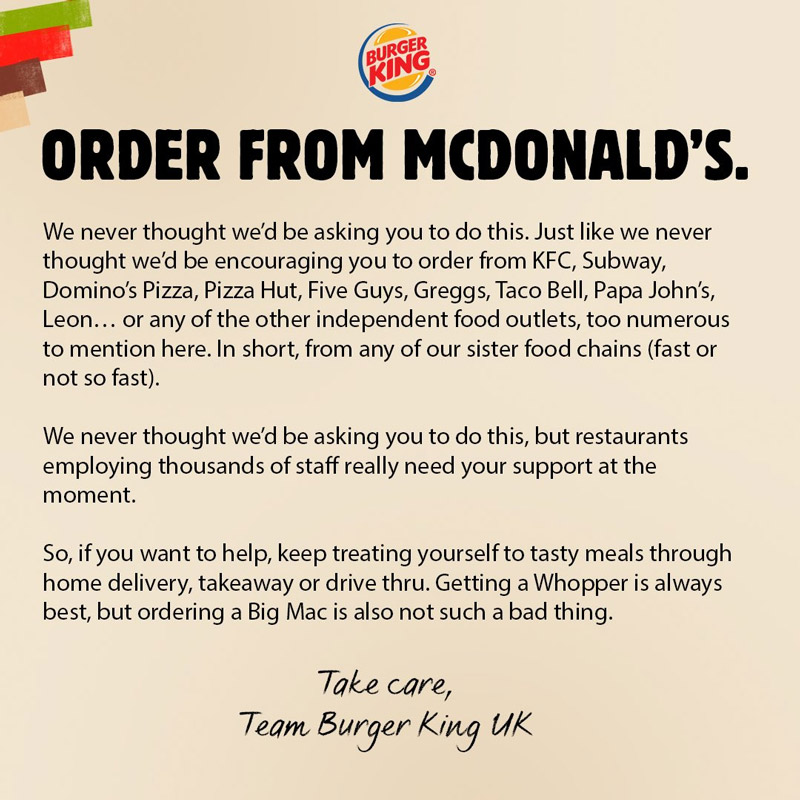
Image Source: twitter.com/BurgerKingUK
• Strengthens Customer Experience
Emotionally engaging brand experiences summon positive vibes and delight among consumers. When brands make consumers feel understood and valued, they increase the likelihood of repeat purchases and recommendations.
Magic Castle Hotel in California has a special line for kids. It offers a hotline that connects you to an instant popsicle service. Kids who are in the pool area, feeling hot and hungry can pick up the red phone and order. Offering such unique services is why this hotel ranks 4.5 on Trip Advisor.
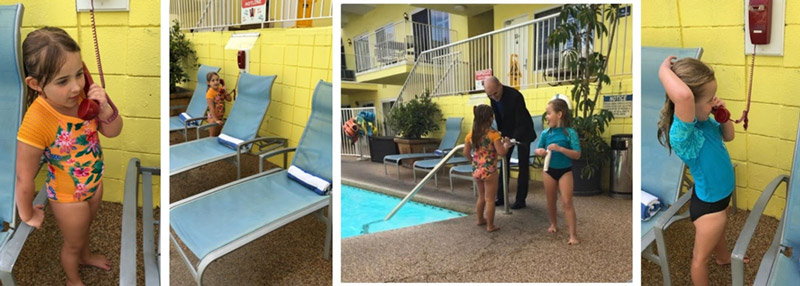
Image Source: magiccastlehotel.com
• Promotes Brand Advocacy and Loyalty
Emotionally charged customers become loyal brand advocates. Emotions help brands flourish a more profound sense of connection, loyalty, and attachment with customers. In return brands receive praise, admiration, and positive reviews.
Brands like Coca-Cola versus Pepsi or iOS versus Android clearly have brand advocates and customers who are loyal to sticking to what they prefer. When you meet an Apple advocate, you’ll find them praising the product endlessly. The same goes for these two competitive drinks. People know what they like, and why they like it, and although the two are black in color, they’re definitely different for those who are loyal consumers.
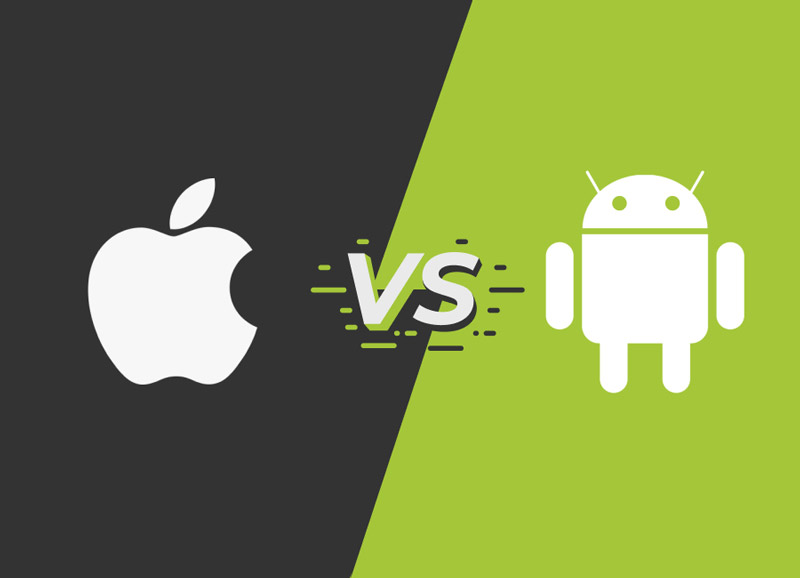
Image Source: miro.medium.com
• Differentiates The Brand From Other Brands
In today’s fast-paced and competitive market, where services and products can often seem similar to one another, it is important that brands differentiate. By designing brand experiences with emotional stimulants, brands can pop out from the background and create a unique brand identity for their target audience.
At Coachella 2023, many brands took part in designing attractive booths for promotion. American Express was one of them. They went with the Y2K theme that is trending among millennials these days. Unlike the boring look that financial companies usually have, this brand decided to stand out.
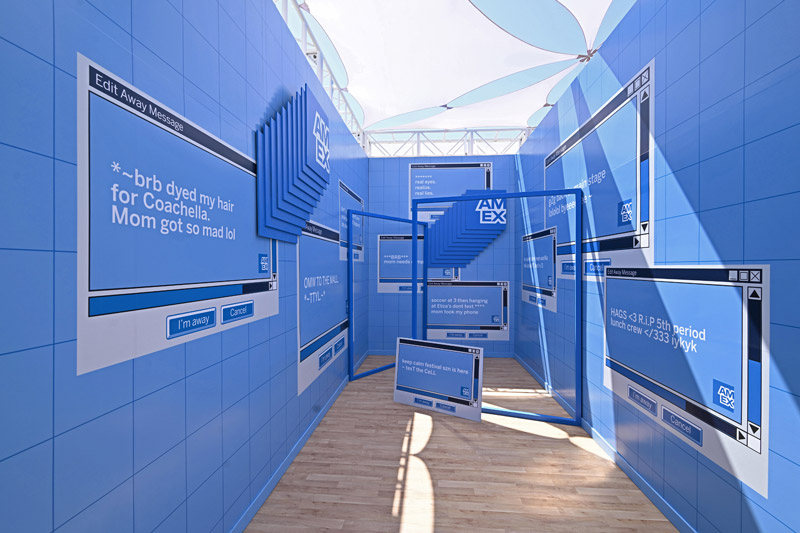
Image Source: bizbash.com
How to Design Brand Experiences That Hit Your Audience’s Emotional Chords
Designing for an audience requires a deep understanding of getting to know them. If you’re clueless about the people you’re supposed to connect with, you won’t do a good job.
Thus, it is important to have the right ingredients ready. Some of these include – a consistent brand narrative, enthralling storytelling skills, personalization, and humanization.
Let’s take a look at some amazing tips to design brand experiences to emotionally connect with your audience.
1) Create Sensory Moments
Sensory brand experience is all about striking a connection with any of the five human senses: sight, hearing, smell, touch, and taste. For example, when you enter Starbucks, the scent of fresh coffee beans invites you in with open arms. A warm and delightful feeling rushes through your body. This is the moment when you feel like sticking around, ordering your favorite treats, and enjoying the ambiance.
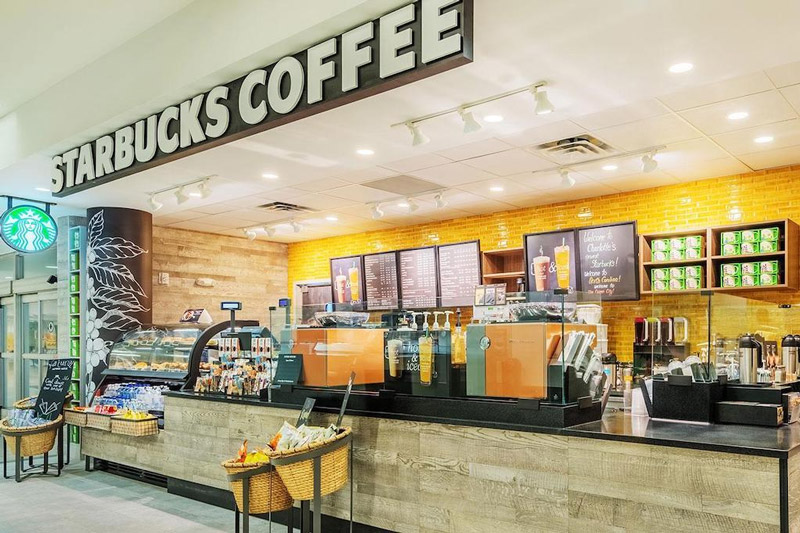
Image Source: skift.com
2) Tell Emotion-Filled Tales
Integrate storytelling with your brand experience design. Craft characters and narratives that elicit feelings and emotions, which inspire your audience’s aspirations and values. Make sure to use the art of storytelling across a variety of touchpoints like websites, social media, and other marketing and paid advertising campaigns.
For example, Dove has always been at the forefront of diversity and inclusivity. This time they’re asking young people to #detoxyourfeed and get riddance from toxic, negative, and bad beauty advice. As you know, millennials and Gen Zs are stuck in a loop of trying to perfect their skin and body. Each year the trend gets stronger and someone needs to press the brake.
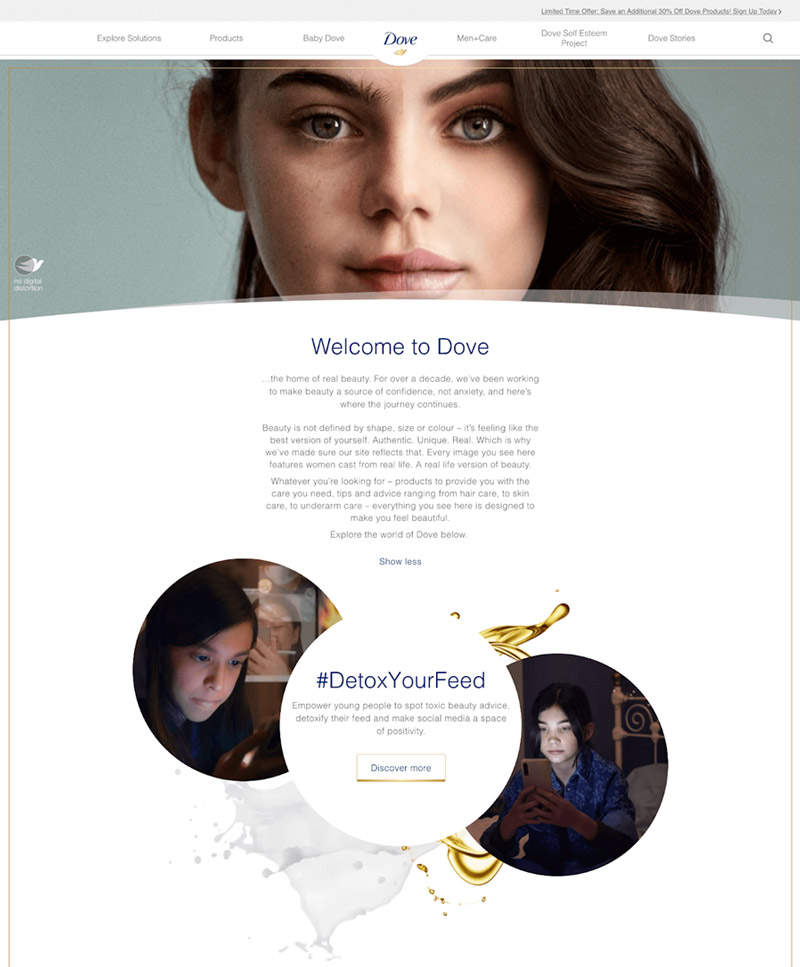
Image Source: dove.com
3) Use Relatable Visual Elements
Visual graphics like typography, imagery, icons, textures, and colors have the ability to emotionally, mentally, physically, and spiritually touch an audience. The only catch is here that you need to know how to use visuals, how to customize designs, and how to create an appealing composition.
The L.A. Times created an augmented reality web activation video for the Golden Road Brewing to celebrate the World Series with Dodgers fans. As you can see, they used text, shapes, and colors to perk up the video.
Understand Your Target Audience
4) Garner has thorough customer feedback tool for insights into the demographics and psychographics of your target audience. Understand their desires, needs, and triggers. Conduct research on the market, analyze customer feedback, and use data to gauge aspirations and emotions through behavior and response.
From feedback forms and positive attitudes to conversational commerce, brands are doing whatever it takes to assist their customers so that they receive more sales and positive testimonials.
Trader Joe’s is known for its excellent customer service. Here are a few things that gets it attention.
- Keeping things simple by offering high-quality products at great prices instead of attacking customers with a bunch of discounts and offers.
- Each store offers unique artwork and design, which reflects the local neighborhood in order to give a personalized, more home-like feel.
- They listen to their customers by implementing their suggestions like using environmentally-friendly bags rather than plastic or trying items even if it isn’t a sample day.
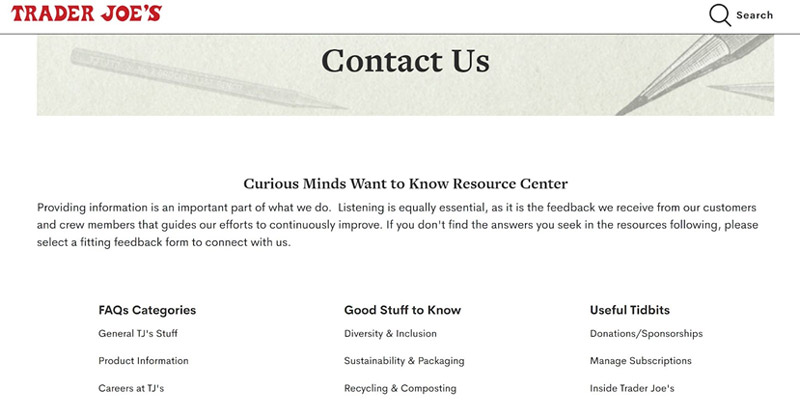
Image Source: traderjoes.com
5) Define The Objective You Want To Achieve
When working on anything related to your brand, make sure to set objectives. Determine the emotions you’d like to release in your audience. What kind of feelings do you want to evoke? Nostalgia, empowerment, trust, or excitement.
Having goals and a sense of direction helps design a better, more immersive brand experience.
If you’re a Netflix fan, you may have noticed the Netflix Laughs feature that shows you a list of laughable videos from its movie collection that you can scroll, share, like, and comment on. Many people are asking whether this was to better the brand experience or if was it an idea to compete with TikTok. Whatever the reason, I’ve had some laughs watching these videos.
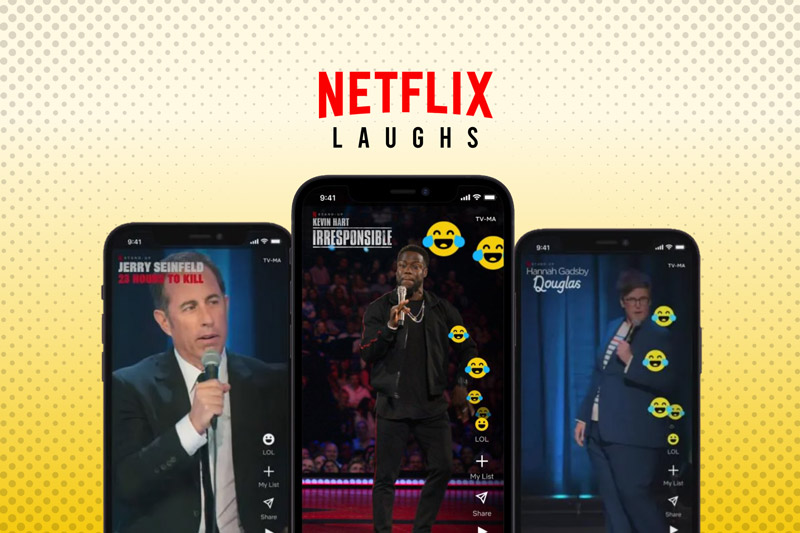
Image Source
Quick List – Brand Experience Ideas
By now, we know brand experiences are all about creating lasting moments for customers. From interactive installations to augmented and virtual reality, there are several ideas out there for brands to explore.
- Popup restaurants on streets
- Interactive space in trade shows
- Conferences for audiences
- Augmented reality shows
- Virtual reality for healthcare
- Comic cons for the game industry
- Metaverse for real estate
- Live streaming for e-commerce
And here are more…
– Run A Storytelling Campaign
Develop spellbinding narratives that resonate with the aspirations and challenges of your target audience. Create emotionally striking content using a variety of communication channels in the form of articles, infographics, videos, installations, and alternate realities.
– Promote Philanthropic Efforts
Collaborate with a charitable organization or connect with a cause that aligns with your vision and values. Create campaigns that encourage customers to participate in a greater cause. Invite them to let’s say a beach cleanup, fundraiser, or book donation drive.
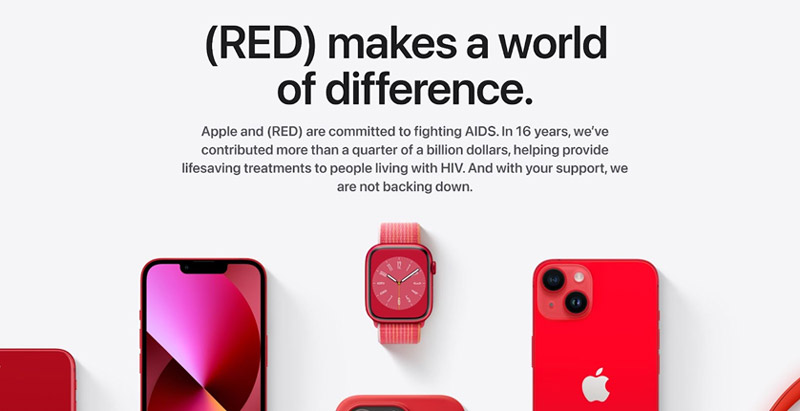
Image Source: apple.com
– Offer Shared Experiences
Organize activities and events that bring your audience together to experience a shared sense of connectivity. Host retreats, workshops, or challenges to foster positive and healthy relationships.

Image Source: events.hatchcollection.com
– Add Feelings to Packaging
Pay attention to product packaging since it is a touchpoint that allows customers to feel you through appearance, touch, and scent. Use imagery, textures, and colors that trigger specific emotions, which align with your brand’s identity. For example, unboxing and product demos can create a sense of anticipation and excitement in the audience.
– Use Social Media Marketing
Social media apps like Tiktok are hitting the right chord with fast food chains like McDonald’s, Five Guys, and Wendy’s. Share videos, stories, and stills with text and icons to jazz up the feed.

Image Source: tiktok.com/@mcdonalds
– Delight and Surprise
Surprise customers with unexpected moments of delight and joy by writing them personalized messages, sharing gifts, and offering unique plus creative gestures that excite their expectations.
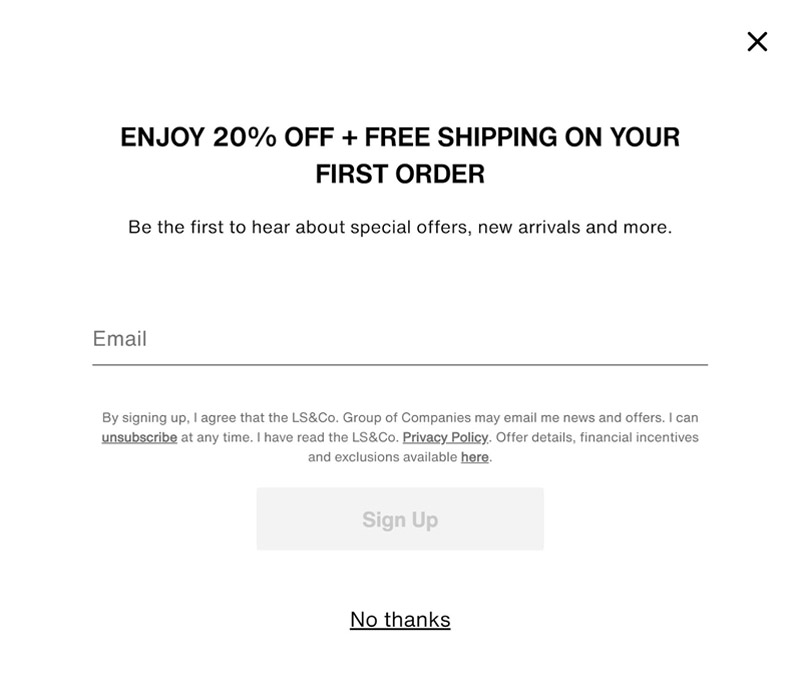
Image Source: levi.com
Adding emotions to brand experiences gives brands the competitive advantage they need to survive in a concentrated and growing market. In times like the Covid-19 pandemic, emotional brand experiences helped navigate brands through the challenging time period and recovered many from losses and setbacks.
Designing brand experiences that connect with customers emotionally has a profound influence on their behavior, relationship, and perception of the brand. It helps to build memorable connections.
Have you added emotion to your brand experience? If not yet, then use the above-mentioned tips and ideas to get started.


